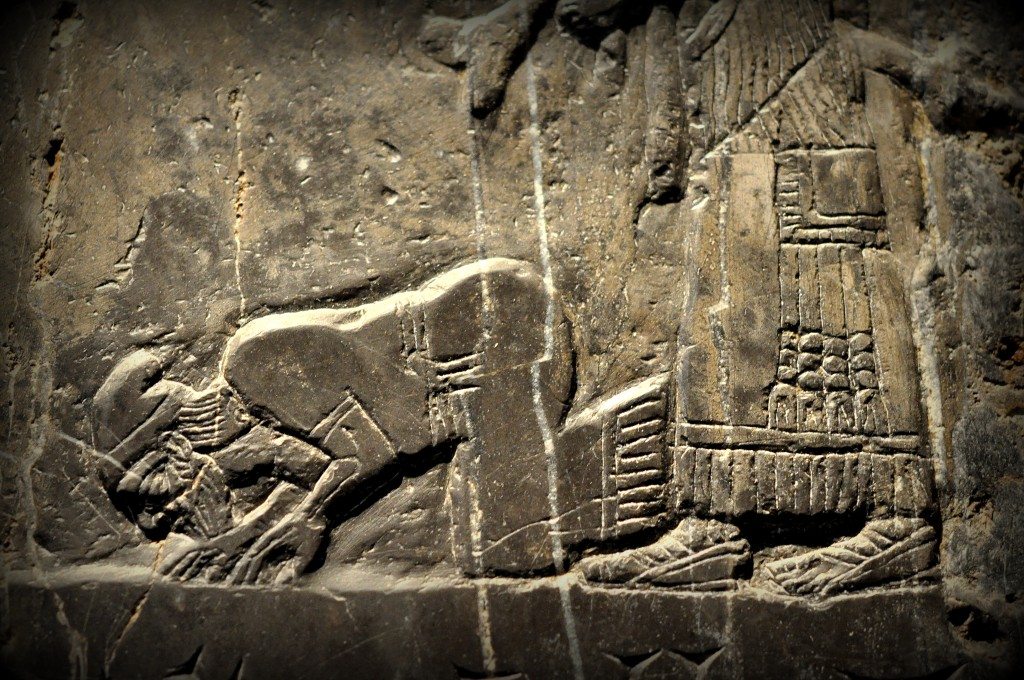by Thomas Shafer of Hayden, Idaho
1Now the Lord had said to Abram: “Get out of your country, from your family and from your father’s house, to a land that I will show you.”…7aThen the Lord appeared to Abram and said, “To your descendants I will give this land.”
Genesis 12:1 & 7a (NKJV)
2“…Now therefore, arise, go over this Jordan, you and all this people, to the land which I am giving to them – the children of Israel. 3Every place that the sole of your foot will tread upon I have given you, as I said to Moses.”
Joshua 1:2-3 (NKJV)
1Now the days of David drew near that he should die, and he charged Solomon his son, saying:…3a“keep the charge of the Lord your God: to walk in His ways, to keep His statutes, His commandments, His judgments,…4byou shall not lack a man on the throne of Israel.”
1 Kings 2:1, 3-4 (NKJV)
21And when Rehoboam came to Jerusalem, he assembled all the house of Judah with the tribe of Benjamin, one hundred and eighty thousand chosen men who were warriors, to fight against the house of Israel, that he might restore the kingdom to Rehoboam the son of Solomon.
1 Kings 12:21 (NKJV)
It’s generally accepted that Joshua led the Jews into Israel in the 12th or 13th century BCE. King David reigned from about 1000 to 962 BCE. His son Solomon ruled from 970 to 931 BCE. Solomon’s poor leadership in the second half of his reign resulted in the land being divided into Israel (northern kingdom) and Judah (southern kingdom). The promised land remained divided for over 200 years, each led by a series of weak kings who adopted idol worship. God’s punishment was to allow the Jewish people to be assailed and oppressed by nations from the East.
During the period from about 900 to 700 BC, the Assyrians (modern day Iraq) were the dominant world power. One of the most powerful Assyrian kings, Shalmaneser III, erected this large black obelisk depicting his military victories. It also depicts a scene of King Jehu of Israel (tenth king of the Northern Kingdom), who reigned from 841 to 814 BC, paying tribute to Shalmaneser.

After being anointed King of Israel by the prophet Elisha, Jehu eliminated threats to his rule by killing all members of the family of Ahab whom he succeeded (2 Kings 9 and 10). Ahab had married the pagan Jezebel, and had elevated worship of Baal which included child sacrifice. As a ruler, Jehu was weak and failed to eliminate all Baal worship in the land.
This black obelisk is a valuable archaeological find because it helps establish a date for Jehu’s rule as well as an overall chronology for this period of Israel’s history. And of course, it establishes that Israel existed as a kingdom and a people long before any of the modern attributions to the land, such as Palestine.
The Old Testament of the Bible is not a collection of fictional stories and anecdotes. Archeologists continue to unearth artifacts which strongly corroborate Biblical history. Israel has existed as a people and a land for over three millennia. That should be an uncontested fact.
Today, the black obelisk can be found in the British Museum in London.







